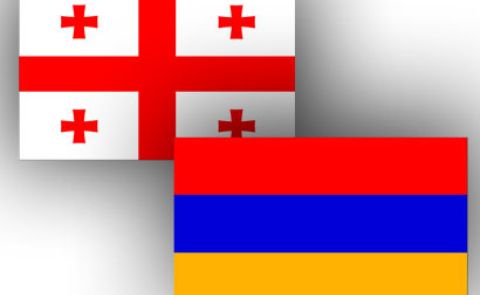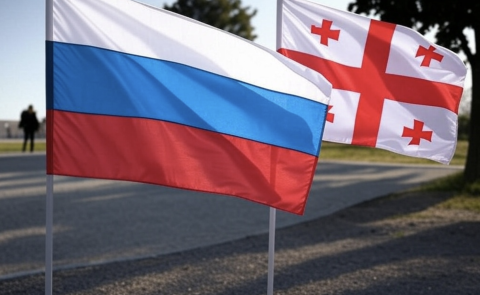
Shifting Geography of the South Caucasus
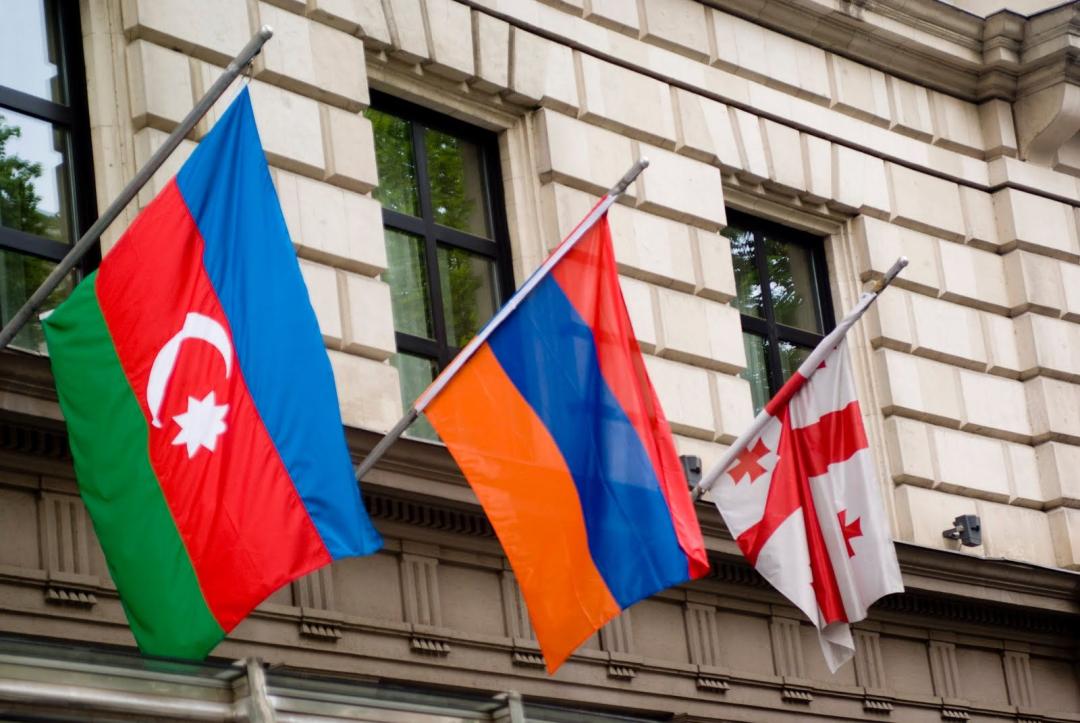
South Caucasus’ shifting geography has been the single most important development in the region following the second Nagorno-Karabakh war.
One year since the end of the second Nagorno-Karabakh war allows us to wrap up major changes in and around the South Caucasus. Most of the changes discussed in the scholarly works so far focused on the role of Turkey and Russia. The shifting geography of the South Caucasus, however, has been disregarded.
In many ways, the war accelerated the pre-existing trends, but also initiated new developments. The first and foremost change concerns geography. The South Caucasus has been historically dominated by neighboring states. Whether it is the Sasanian and Byzantine empires in late antiquity or later Ottoman and Persian states, the region was exclusively subject to one or two powers. The idea is that the region was mostly closed to the outside, non-regional influence. The trend continued in 19th-20th centuries when the South Caucasus was exclusively dominated by Russian power. The end of the Soviet Union changed this geopolitical reality when several powers were able to penetrate the region. Yet the pace of the change was relatively slow – Russia was still able to minimize the extent to which the neighboring or non-regional countries were able to act in the South Caucasus: Turkey, Iran, US, EU, and to a certain extent, China have been influencing the region to a limited degree.
But the second Nagorno-Karabakh war accelerated this process. The South Caucasus’ borders are increasingly shifting. No single power or even a duo of countries can dominate the region. It reflects geopolitical changes in the world where the emerging multi-polar world ushers in a different set of rules. Exclusive geopolitical control is no longer viable and the 2020 war showed exactly this.
There is also yet another dimension of the unfolding geographic change. The war also solidified that the Caspian basin and South Caucasus are inextricably linked to the greater Middle East. Russia and Turkey are basing their strategies in the region on developments in the Middle East and the Black Sea region. Not since the end of the Soviet Union has the South Caucasus been such a critical point for the powers around it. In a way, this re-emergence of close contacts between the South Caucasus and the Middle East is a return to normalcy which was disrupted in the early 19th century by Russian annexation of the South Caucasus. Indeed, in pure geographic terms the region is better connected to Turkey and Iran than to Russia, with which it shares the impassable Caucasus Mountain range.
This also means that the role of the South Caucasus in the thinking of Iran and Turkey, and by extension Russia, has grown. Considered if not as a complete backwater region in the calculus of large powers, the South Caucasus has nevertheless experienced a lack of attention. This was especially true for Iran, which now struggles to retain its weakening position in the region.
It is true that Iran was never a dominant power in the South Caucasus. Unlike Russia or Turkey, the traditional power brokers, it has not had a true ally. Tehran was certainly part of the calculus for states in the region, but it was not feared, like Ankara or Moscow. And yet, the South Caucasus represents an area of key influence for Iran, based on millennia of close political and cultural contacts various Persian empires had with the South Caucasus.
The 2020 war changed Iran’s calculus in the region as the Islamic Republic’s interests were largely unheeded. Iran has now to adjust to the changed geopolitical landscape and it can be even argued that the recent escalation it had with Azerbaijan over the detained trucks, drills, and alleged Israeli influence, was an effort to wedge itself back into the geopolitics of the South Caucasus.
Yet there is little Iran can realistically do to boost its position in the region. The South Caucasus will certainly feature higher in Tehran’s foreign policy agenda than before. But Tehran does not have an ally in the region, nor does it have financial means to strengthen its soft power. Iran can support Armenia in its efforts to balance the triumphant Azerbaijan.
The lifting of US-imposed sanctions could augment Iran’s projection of financial and diplomatic power in the South Caucasus. Still, a more realistic approach for Tehran would be to build closer cooperation with Russia. Both loath growing Turkish influence and the Islamic Republic does not object to growing Russian influence as much as it does resent the West’s and Turkey’s presence. Surely, interests with Russia do not align always, but for Tehran, Moscow is a traditional power in the South Caucasus which is about maintaining a status quo. Turkey, on the other hand, disrupts it seeking greater influence.
There has been a certain retrenchment of the Western influence in the South Caucasus. While it does not signify a definitive decline in West’s fortunes, it is nevertheless important for Washington and Brussels to formulate a more robust approach toward the region. Decreasing the tensions with the Turkey could be one of the steps. Increasing economic engagement with the region would be another. Delay could be damaging. Georgia, which serves as a door for the West to the Caspian basin and on to Central Asia, could be the biggest loser if Washington shifts its foreign policy away from the region. An alternative could be a Russian model of peacebuilding and regional order where Georgia, Armenia, and Azerbaijan will face a lack of foreign policy options if the West’s unwillingness to commit to the region continues to grow.
Emil Avdaliani is a professor at European University and the Director of Middle East Studies at Georgian think-tank, Geocase.
See Also

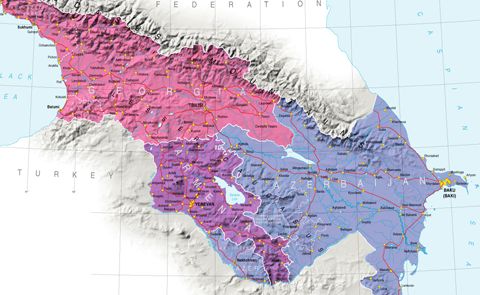
3+3 Initiative as a New Order in the South Caucasus
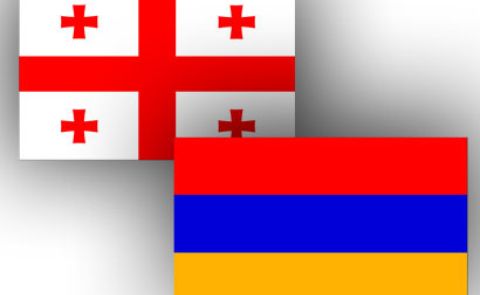
Economic Cooperation Between Armenia and Georgia: Potential and Challenges Ahead
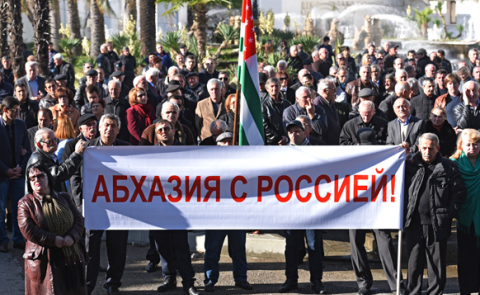
Russia and Occupied Abkhazia: A New Type of Relations
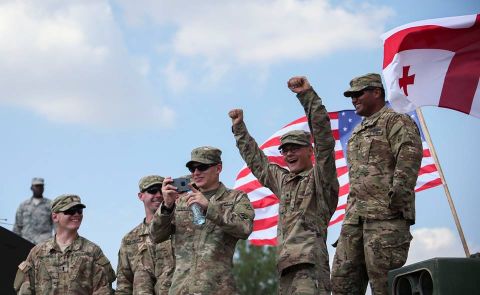
Georgia and US: From Close Ties to Caution
